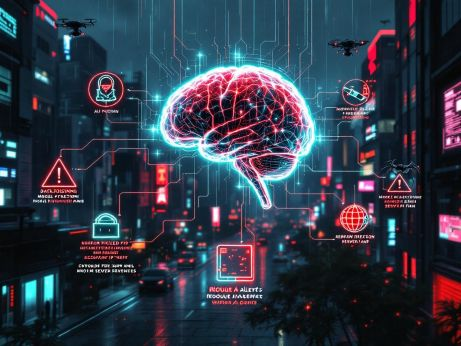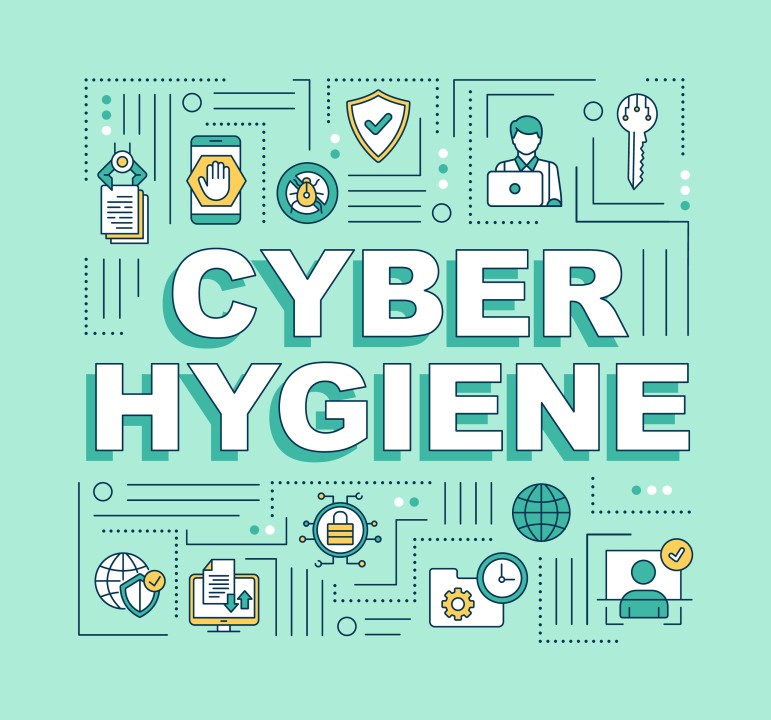Current & Trending Threats (Part 1)
AI‑Powered Phishing & Deepfakes
Artificial intelligence has changed the cybercrime landscape. This in‑depth piece explores how AI‑driven phishing, voice cloning, and deepfakes are reshaping deception and trust online.

Artificial intelligence doesn’t create new human weaknesses — it magnifies the ones that already exist: curiosity, trust, and fear.

Introduction
When cybercriminals first began using social engineering, their success relied on bad grammar, fake invoices, and luck. Today, artificial intelligence has rewritten that playbook.
Attackers can craft perfectly worded, hyper‑personalized messages in seconds. They can clone voices, replicate faces, and generate convincing fake videos that bypass even the most skeptical eyes.
This post opens the Current & Trending Threats series — an exploration of how AI is being weaponized for deception, and what you can do to defend against it.
AI‑Powered Phishing — The End of Obvious Scams
Traditional phishing was easy to spot: misspelled logos, clumsy language, and poor formatting. But with generative AI, phishing emails are now professional‑grade — tailored to the recipient’s language, job title, and even personality.
How Attackers Use AI
- Language models: Tools like GPT and other LLMs create flawless, natural‑sounding content.
- Data scraping: Public social media profiles give attackers context — who you work with, your projects, your tone.
- Automation: Bots send thousands of variations to dodge filters that look for identical messages.
Real‑World Example
In early 2025, a large financial firm faced a spear‑phishing wave generated entirely by AI. The emails referenced internal project names and mimicked executives’ tone of voice. One message even contained a signature pulled from a real email leaked in a 2022 breach.
The result: several employees replied, one opened a “budget forecast” attachment, and the attackers gained access to the company’s VPN credentials within hours.
Spotting the New Generation of Phishing
- Treat every unexpected message as potentially malicious, even if it “feels” legitimate.
- Always verify via a separate communication channel — call, Teams, or in‑person.
- Watch for subtle anomalies: slightly off‑brand phrasing, urgent tone, or mismatched time zones.
- Use email security tools that apply AI behavioral analysis to detect unusual writing styles.
AI gives attackers scale and precision — but awareness still tips the balance.
Voice Cloning — The Rise of Synthetic Impersonation
With as little as five seconds of audio, modern AI can clone a person’s voice with eerie accuracy. Combine that with stolen caller‑ID data and you have the perfect recipe for fraud.
Real‑World Impacts
- In 2024, a Hong Kong bank executive transferred $25 million after a phone call that sounded exactly like his CEO — later confirmed to be an AI‑generated voice.
- Families have reported “kidnapping” scams where criminals use cloned voices of loved ones to demand ransom money.
- Criminals sell ready‑made “voice packs” on dark‑web markets — CEO voices, celebrities, and even politicians.
Protecting Yourself and Your Organization
- Use code words for high‑risk communications (like fund transfers).
- Always verify voice requests through secondary channels.
- Educate staff and family: voices can be faked as easily as emails.
- Where possible, adopt callback verification protocols before acting on voice requests.
Deepfakes — When Seeing Is No Longer Believing
Deepfake technology blends AI, video editing, and machine learning to produce realistic synthetic media. While once limited to entertainment, deepfakes are now a cyber‑weapon.
The New Era of Visual Deception
Fake videos of public figures endorsing crypto schemes, fabricated “breaking news” clips, and AI‑generated employee interviews are all common tactics. A 2025 Europol report noted that deepfakes have become a top vector for disinformation and fraud.
The Psychology Behind It
Humans are wired to trust visual and auditory cues — we believe what we see and hear. Attackers exploit that instinct, using deepfakes to plant misinformation, erode confidence, and manipulate emotions.
How to Defend Against Deepfakes
- Rely on verified sources — official news outlets, company press pages, and multi‑factor confirmations.
- Cross‑check suspicious media through fact‑checking sites or reverse‑image tools.
- Use enterprise tools like AI‑driven content verification that flag manipulated videos.
- Encourage healthy skepticism — question before sharing.
The Human Element — Trust Is the New Attack Surface
Technology can’t patch human emotion. Fear, urgency, and empathy remain exploitable. AI simply amplifies these vulnerabilities, making deception faster and more scalable.
Building a culture of “verify before you trust” is the modern defense strategy. Encourage open communication within teams and families: no one should feel embarrassed for verifying a request.
Key Takeaways
- AI makes scams more believable — not more unstoppable. Awareness still wins.
- Verify through trusted, out‑of‑band channels (a real call, an in‑person check).
- Teach others: skepticism is strength, not paranoia.
- As AI evolves, so should our critical thinking.
In the age of AI, the best firewall is still human judgment. Don’t just trust the message — trust the process you use to verify it.


